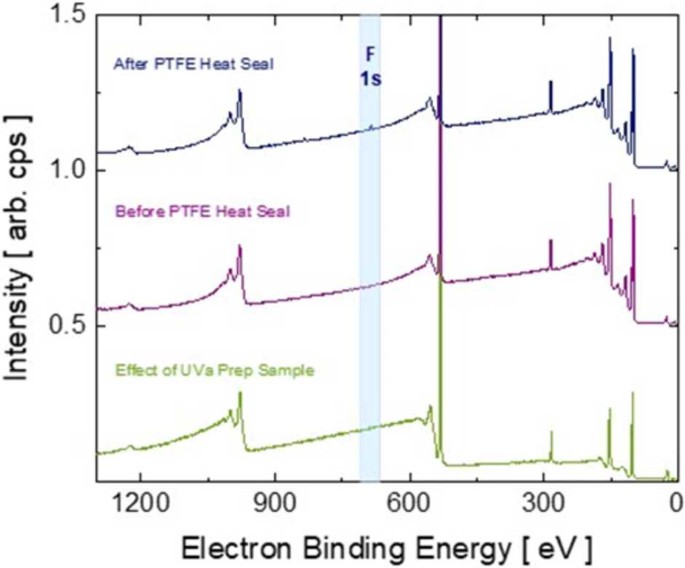
Since ortho-quinodimethane was initially suggested in 1957, it has persisted as a difficult yet significant molecule for the synthesis of intricate compounds present in natural substances and pharmaceuticals. However, two chemists from Japan have now discovered a more straightforward method to produce this reactive intermediate from widely accessible chemicals.
The Diels–Alder reaction utilizes reactive dienes along with a dienophile, such as an alkene, to create six-membered rings, with ortho-quinodimethane being a distinctive and highly reactive diene. “This characteristic renders them especially suitable for constructing benzo-fused systems, frequently observed in bioactive compounds,” states Junichiro Yamaguchi from Waseda University in Tokyo.
Yet, for 70 years, researchers have faced challenges in finding an efficient technique to synthesize ortho-quinodimethane. This difficulty arises from its outstanding reactivity in one of the few available channels for creating these polycyclic structures – the Diels–Alder reaction. “Traditional methods for producing [ortho-quinodimethane] necessitate a multi-step synthesis of precursors and, in some instances, demanding conditions to extricate it from these precursors.”
The dependence on severe conditions and specific precursors hinders the viability of ortho-quinodimethane and restricts the variety of obtainable structures. Ortho-quinodimethane must be synthesized in situ due to its high instability and brief lifespan of mere milliseconds.
In their investigation of the dearomatisation of benzyl-palladium species, Yamaguchi and his colleague, Kei Muto, also from Waseda, detected a promising route for enhanced ortho-quinodimethane production.
Their approach employs a palladium-catalysed multi-component reaction, which begins with the catalyst producing a reactive intermediate from 2-vinylbromoarene and a diazo compound, in this instance TMS-diazomethane. “A carbon nucleophile subsequently strikes, releasing [ortho-quinodimethane],” explains Muto. Additionally, they discovered that incorporating a dienophile into the nucleophile instantaneously triggers the Diels-Alder reaction within the same reaction vessel.
Yamaguchi and Muto validated its usefulness by synthesizing various products, including equilenin, a steroid hormone analogue utilized in pharmaceutical development. “By modifying the vinylbromoarene, diazo compound, and nucleophile, we can create a broad spectrum of products featuring different ring systems and functional groups,” clarifies Yamaguchi.
The duo believes their method is scalable due to its use of mild conditions and readily available, stable reagents, allowing for the easy production of chemical libraries for screening pharmaceuticals or functional materials.
Jin-Quan Yu, a chemist at The Scripps Research Institute, US, concurs that the starting materials are simple to handle and that these materials “can provide great diversity.”
Jared Shaw, from the University of California, Davis, mentioned that although the conditions are gentler, one compound utilized, TMS-diazomethane, is toxic and potentially challenging to manage on a larger scale. “That being said, this reaction yields minimal byproducts, and scaling up would only be constrained by the safe handling of the diazomethane.”
Shaw finds the reaction compelling as it stands out as one of the few multi-component reactions documented that occurs through the generation of ortho-quinodimethane.
A crucial element is the dual role of palladium. “This reaction employs palladium in two capacities, namely the generation of [ortho-quinodimethane] followed by an ensuing alkylation reaction that sets the stage for the intramolecular Diels-Alder reaction,” remarks Shaw, “thereby facilitating a [multi-component reaction].”
Muto and Yamaguchi are currently focused on designing ligands and other catalytic systems to develop asymmetric variants, specifically enantioselective reactions.